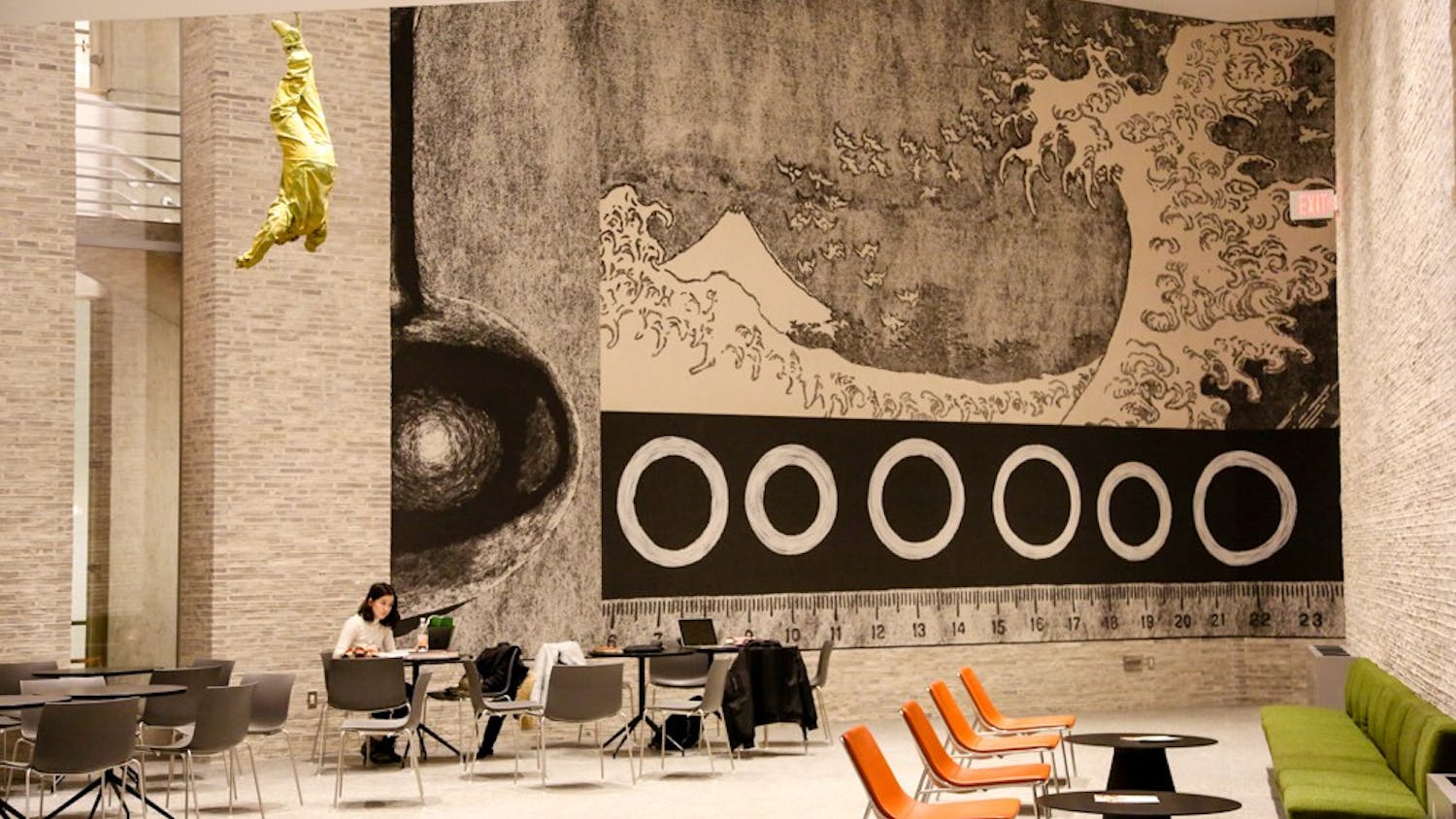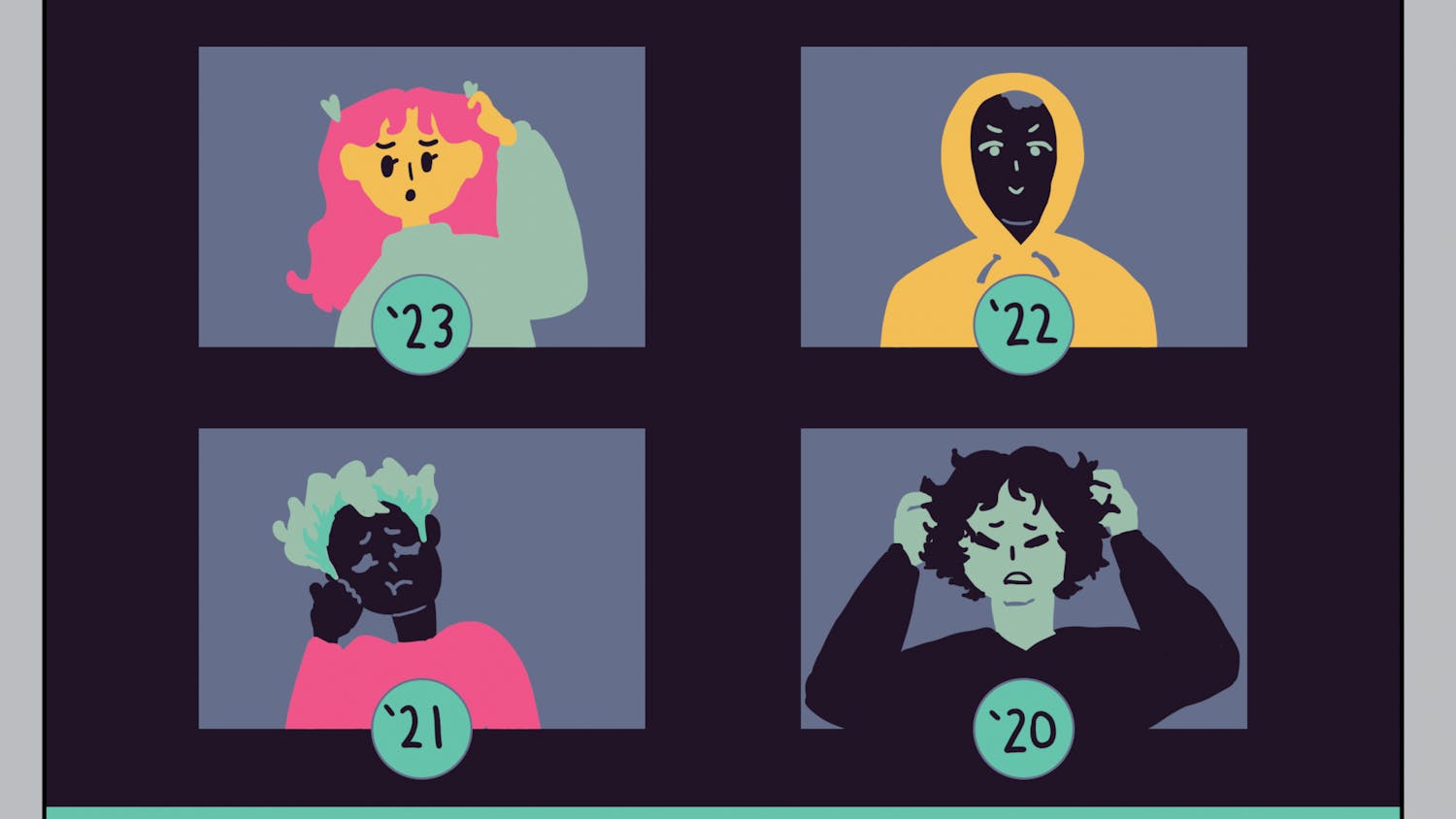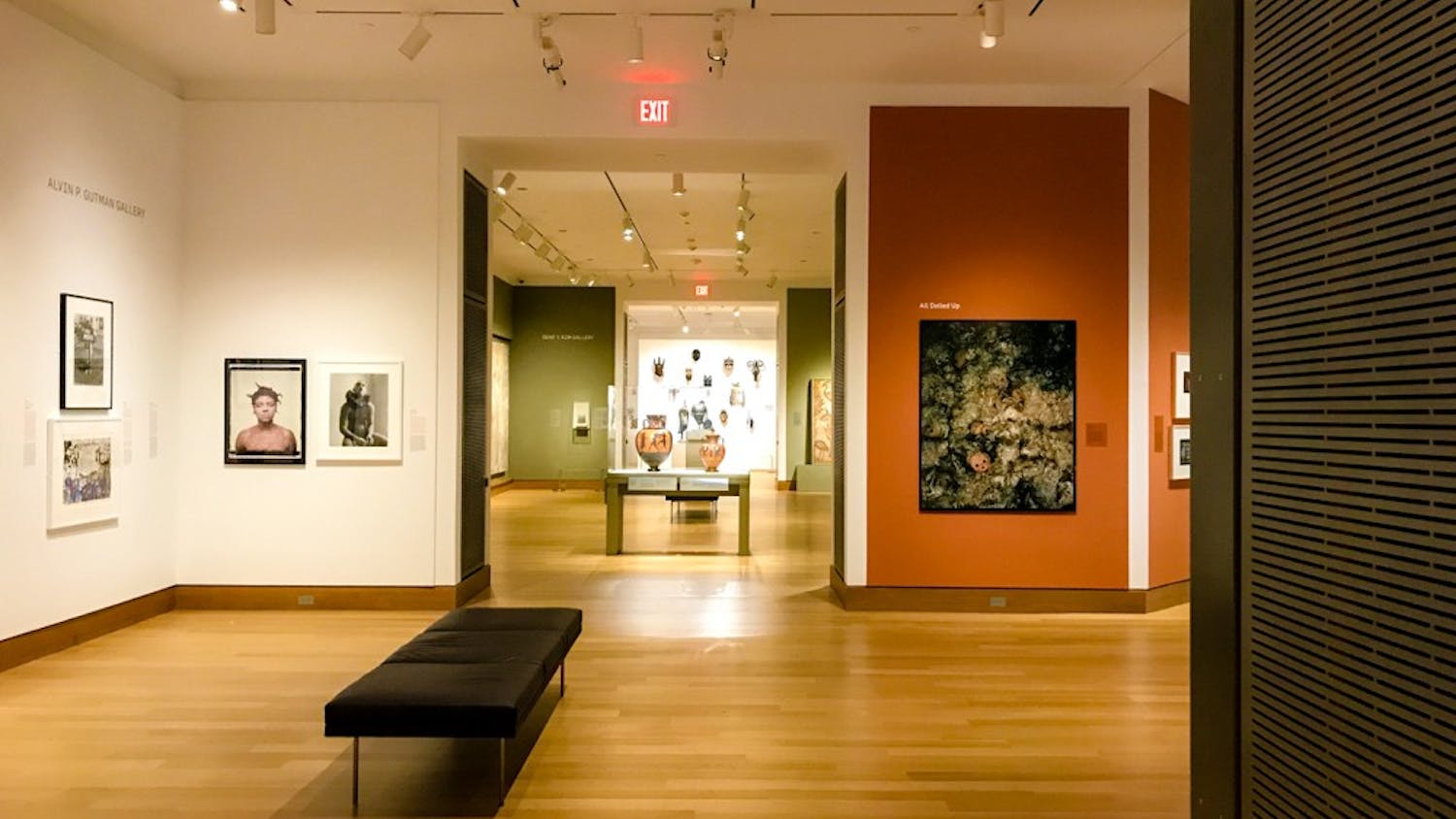Even after we emerge from quarantine, our interaction with museums and the arts will likely be influenced by social distancing, according to Hood Museum of Art director John Stomberg. Last Wednesday, Stomberg’s virtual gallery talk titled “Mediated Authenticity: Art and Experience Now” provided a window into our new way of interacting with museums and by extension, with art itself.
Throughout the talk, Stomberg’s central message was that mediated experience — interacting with art through a virtual medium — is still an authentic experience.
Stomberg proposed that just as photographic intervention does not jeopardize the truth of the photographed scene, the virtual interface through which we now interact with art does not detract from the meaning of the experience.
“We can still have meaningful aesthetic experiences [and] moving virtual experiences,” Stomberg said.
Building off of this central theme, Stomberg addressed photographs from the Great Depression to 9/11, including the work of photographers Robert Frank and Margaret Bourke-White. While considering how different photographers adopt the compositional and creative principles of various artistic movements, he also discussed varying approaches to documentary photography, contrasting the observational methods of some with the more obtrusive practices of others. In doing so, Stomberg also detailed the historical role photographs played in American cultural introspection. He ultimately concluded that regardless of the photographer’s approach, the photographs retained authenticity and value despite the “medium” of the camera.
Throughout the talk, Stomberg drew parallels between the ability to experience photography through an inherent medium, the camera, and our experiences interacting with art in an era in which most of us can only view art through a virtual medium.
Despite the points discussed by Stomberg, the virtual gallery talk lacked the typical social and interpersonal experience associated with these events.
“One of the things we haven’t recreated well is the give and take of a gallery talk,” Stomberg said.
To work around these constraints, Stomberg hosted a Q&A session following the talk, with the objective of providing a more organic form of exchange like those found in typical gallery talks.
Hood campus engagement coordinator Isadora Italia echoed similar concerns about the lack of a social element in the remote museum experience.
“So much of what we do and what we think about is being able to interact with people face to face,” Italia said.
However, Italia said that she found value in the ability to reach a larger audience through the online platform.
“We’re able to reach more people, even if the experience with the work of art or our staff conversation isn’t quite the same,” Italia added.
Hood intern Kensington Cochran ’20 also noted that it was difficult to recreate the experience of being in a shared space with a work of art. Despite these challenges, Cochran said that she saw the current circumstances as a catalyst for change.
“Now that the museums are closed, I think it’s challenging people to think about how to bring art outside of the museum, which will shape how we think about art and museums going forward,” Cochran said.
However, these challenges will not just change how viewers think about art. According to Cochran, artists themselves need to adapt to a more digital age as they strive to reach their audiences without the typical medium of museums. Naturally, different artistic media lend themselves differently to digitization.
According to Stomberg, photographs are less defined by physicality than other mediums like paintings or sculpture. Because of this, viewers are comfortable engaging with a digital photograph as long as it captures the ethos of the piece, whereas they might not consider a digital representation of a sculpture or painting an authentic representation.
“It’s really common to lose sight of the fact that a photograph is an object,” Stomberg said.
While photographs translate well to a digital form, Italia pointed out the limitations of scale and the inability to digitally interface with three-dimensional objects. In a similar vein, more subtle media — such as painting, where specific brush strokes or color mixing are key to analysis — suffer from a loss of dimensionality, layering and texture, inhibiting their ability to translate to a virtual format, according to Stomberg.
For Italia, these challenges ultimately present opportunities for exploration and innovation.
“While you can’t replace the experience of being in front of an object, we are certainly trying to use this moment to do things we haven’t been able to do before,” Italia said.



